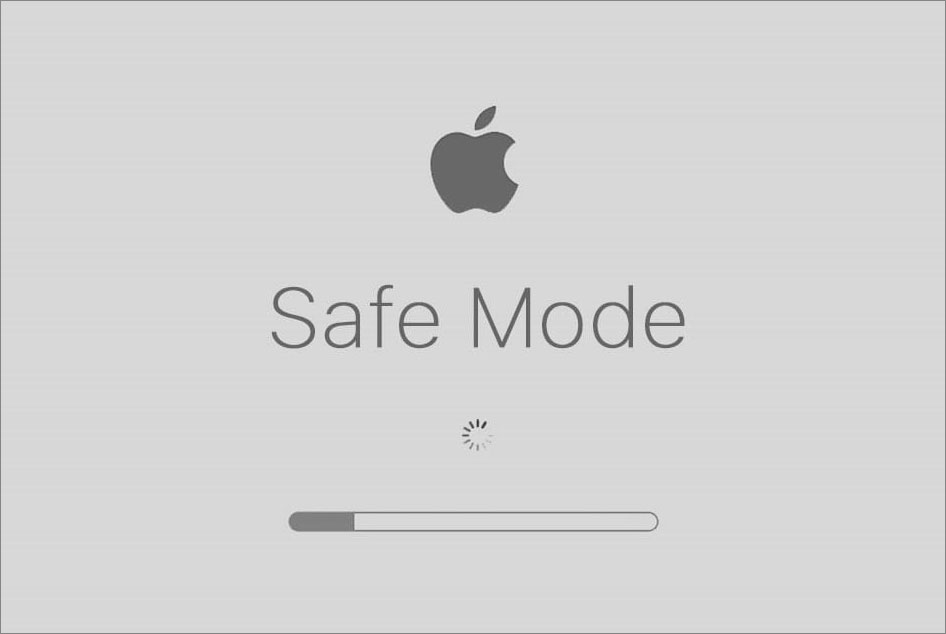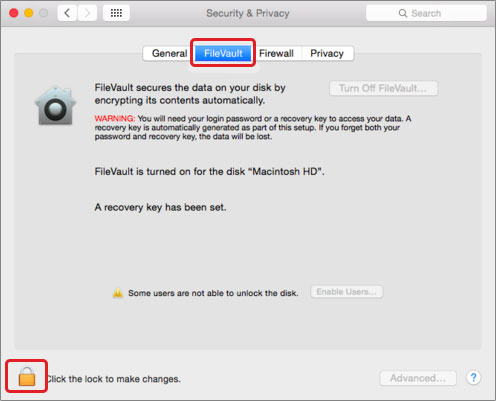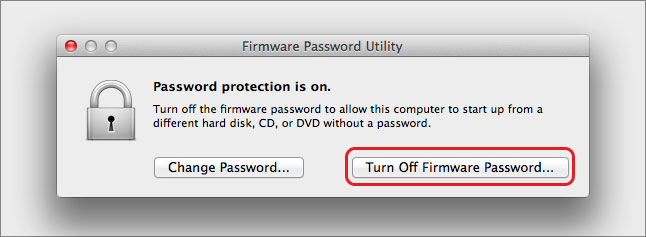If your Mac is facing issues, you can determine the causes behind it by booting it into Safe Mode. However, there are instances when your Mac won’t start in Safe Mode. When you try to boot Mac in Safe Mode, it simply boots in normal mode or freezes without booting at all.
What is Safe Mode?
Safe Mode is a restricted environment where the OS uses the essential resources necessary to run the system. When your Mac is booted up into Safe Mode, it initializes only those programs and apps that are native to Apple and deemed necessary for the operation of Mac.
The third-party apps, non-essential native apps, fonts not installed by macOS, system extensions not necessary for macOS, etc., are not started. The OS does so to provide optimum performance with the existing system configuration in Safe Mode.

Quick Tip: If you are using a wireless keyboard, make sure that you press and hold the Shift key immediately after hearing the startup chime and not before that. Also, check if your keyboard has sufficient charge available.
What to do if Mac won’t start in Safe Mode?
If your Mac doesn’t respond to your command for Safe Mode and boots into Normal Mode or hangs with no response at all, follow the given methods to fix the problem.
Fix 1: Resolve the ‘Mac won’t start in Safe Mode’ Issue using the Option Key
If your Mac won’t boot in Safe Mode, you can resolve the problem simply by using the Option key. Here is how to do it:
- Shut down your Mac.
- Now press and hold the Option key and press the Power button.
- A list of all the drives available on your Mac will appear. Select the startup drive of your Mac.
- Press Enter.
This will fix the problem and your Mac will boot into Safe Mode.
Fix 2: Unblock the Access to Safe Mode using Startup Security Settings
The Mac is not booting into Safe Mode issue may arise due to improper startup security settings. The FileVault and Firmware password may be the reason why your Mac can’t start in Safe Mode. To disable the FileVault, follow the steps below:
- Open System Preferences > Security & Privacy > FileVault.
- Click the lock icon at the bottom left and enter the authentication credentials to unlock System Preferences.

- Click Turn Off FileVault tab.
- Again click the lock icon to save the changes.
- Restart the Mac for changes to take effect.
Similarly, to disable the Firmware password, follow the steps below:
- Restart your Mac while pressing and holding the Command + R keys.
- Enter the Firmware Password.
- Choose the preferred language and click Utilities > Startup Security Utility.
- Click on the Turn Off Firmware Password tab.

- Once again, enter your Firmware Password to disable it.
You can now try to boot your Mac into Safe Mode.
Fix 3: Reset the System Management Controller (SMC)
To reset SMC on the recently launched M1 chip-powered Macs, you need to shut down the Mac and leave it for at least 30 seconds. When you restart your M1 Mac, the issue of Mac won’t boot in Safe Mode will be resolved.
However, for Macs with T2 chip, you can reset the SMC using the following steps:
- Shut down your Mac.
- Press and hold the following keys simultaneously on your keyboard, and your Mac will turn on:
- Option (Alt) key on the left side of the keyboard.
- Control key on the left side of the keyboard.
- Shift key on the right side of the keyboard.
- Hold and press the three keys together for 7-8 seconds and then press and hold the Power button as well. This will turn off the Mac.
- Keep the four keys pressed together for another 7-8 seconds and then release them.
- Wait for 20-30 seconds and press the power button to turn on your Mac.
If your Mac doesn’t have the M1 or T2 chip, you can reset the SMC using the suitable method prescribed by Apple for your specific Mac category.
Fix 4: Shut Down your Mac and Reboot to Safe Mode
If your Mac has frozen while trying to boot in Safe Mode, you need to Force Shutdown and try again to start it in Safe Mode. It is pertinent to note that the Force Shutdown of Mac has a potential risk of data loss and you might lose unsaved data. To recover any such data from a non-booting or crashed Mac, you can use Stellar Data Recovery Professional for Mac. Here is how you can shut down your frozen Mac:
- To safely shut down the Mac, press Control + Option + Command + Power keys simultaneously. Doing this will allow your Mac first to close all the running Apps and then shut down the system. Don’t hold down the Power button. It will Force Shutdown your Mac.
- If the above method doesn’t work, you need to force your Mac to shut down. Press the Control + Command + Power keys and hold the keys for a few seconds for Mac to shut down.
- To Force Shutdown your Mac directly, you can press and hold the Power button until the screen goes black. It might take 10-15 seconds, depending on the number of running programs and apps.
Once your system is shut down, start your Mac into Safe Mode.
Recover Data from Frozen/Non-booting/Crashed Mac
The issue of Mac not booting into Safe Mode might accompany the occasional freezing of Mac. Moreover, it might result in the crashing of Mac. In both conditions, there are chances of loss of unsaved data and corruption of existing data due to unexpected crashes. To recover the data from Mac on your own, you can use Stellar Data Recovery Professional for Mac.
This DIY software allows you to boot a non-booting or crashed Mac from an external USB drive prepared with Stellar Data Recovery Professional and recover the data that has been lost. It further helps you to recover all types of files, like documents, images, videos, etc. Data from any external storage drive, compatible with Mac, can be securely recovered using this software. The simplified user interface assists you to recover data from a non-booting or crashed Mac without specialized expert assistance.
Was this article helpful?